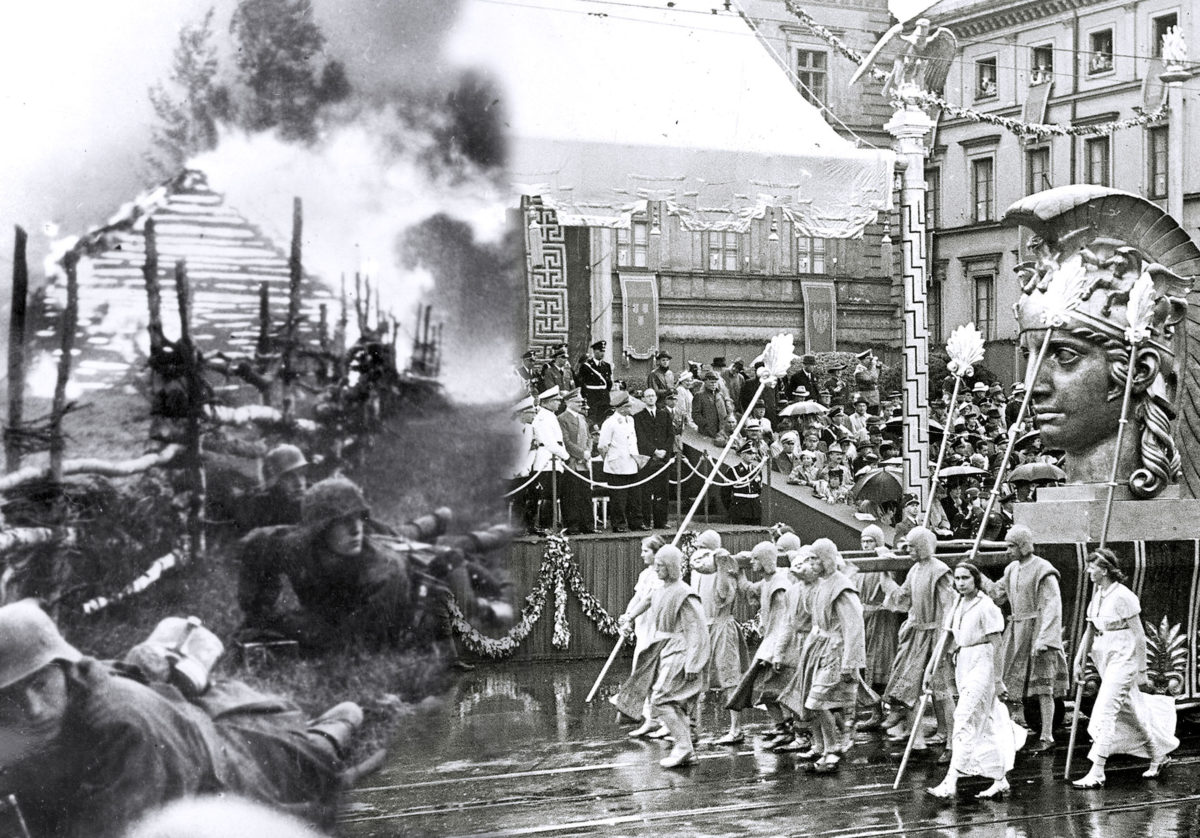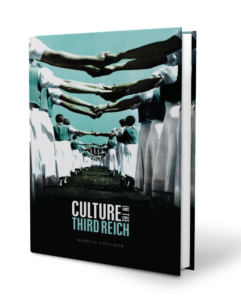
The Third Reich took elaborate steps to create a “Nazi culture,” mixing ideological fantasies with reality through grand propaganda spectacles, mass media and seemingly innocent elements of everyday culture like classical music performances and lighthearted films. The Nazi regime exploited both traditional views and modern trends to make its insidious ideals acceptable to people in Germany and advertise itself abroad.
With his 2020 book Culture in the Third Reich, historian Moritz Föllmer, associate professor of modern history at the University of Amsterdam, has produced a detailed and vivid analysis of what “culture” meant for a wide range of people affected by Nazi groupthink, including party members, their victims, resisters and bystanders, demonstrating how Adolf Hitler’s regime manipulated society and attracted willing followers.
What motivated you to write this book?
I was commissioned to write the original German edition, which was something of a surprise, as I had previously done little work on the culture of the period.
What appealed to me was the topic’s fundamental significance for understanding the Nazis’ world and that of their followers, opponents and victims. I relished the opportunity to think through different aspects of culture inside and outside Germany, to watch some movies and read a fair number of diaries, correspondence and literary works. And I was excited by the challenge of synthesizing the rich scholarship in a way that would be accessible to nonacademic audiences.
What was the state of German culture before the rise of Nazism?
German culture before the Nazis was rich and open—censorship was reduced, funding remained fairly generous, and much room existed for innovation. But post–World War I Germany was a starkly divided culture, as modernists and traditionalists, left-wingers and conservatives were at loggerheads.
High expectations of unity made it difficult for Germans to accept a pluralistic view of culture, according to which it is acceptable for different groups and individuals to have different tastes. The Nazis skillfully exploited that mindset.
They were unscrupulous in marshaling culture for the justification of total war and Adolf Hitler’s European empire
To what extent did the Nazis reimagine German culture?
The Nazis only partly reimagined German culture. Most Germans remained committed to a conservative version centered around classical composers, writers and painters. What was new about the Nazis’ approach was the ferociousness with which they eliminated left-wingers and everyone they considered Jewish from museums, orchestras and movie casts.
Moreover, they were unscrupulous in marshaling culture for the justification of total war and Adolf Hitler’s European empire. The Nazi leaders tapped into a widespread belief culture could secure German unity and greatness—and took that idea to its most extreme conclusion.
What roles did Hitler and Joseph Goebbels play in shaping culture during the Third Reich?
Hitler was deeply invested in reshaping culture and liked to tie his political mission to his supposed artistic genius. He exercised veto power over what counted as acceptable or desirable, ruling out any openness to artistic modernism. Hitler influenced the German art market through his conservative tastes, while seeking a more distinctive cultural profile by commissioning bombastic public buildings.
Goebbels was mainly interested in using modern mass media for outright propaganda and, even more important, seemingly unpolitical entertainment. Such pragmatic adjustment to popular preferences distinguished him from the ideological hard-liners who wanted to create a genuinely Nazi culture by harking back to mythical Germanic tribes.
Was there any domestic pushback to their cultural agenda?
Among Germans there was considerable cultural overlap between pre-existing beliefs and Nazi ambitions. Given this fairly broad consensus and the extent of repression, any domestic pushback proved impossible. Left-wing writers languished in concentration camps, and censorship could always hit theatres, museums and publishers.
The only opposition was from exile in Paris, Amsterdam or Zurich, with precious little influence in the host countries and next to none in Germany itself. It was years later, as part of the United States’ cultural mobilization against Hitler’s empire, that some émigrés could wield political clout.
How did the Nazis’ cultural superiority campaign continue during the war?
In 1940–41 the Third Reich was at the height of its power, emboldened by its claim to cultural superiority. Many European artists and writers resigned themselves to such predominance or even sympathized more with German culture than with its main competitor, French culture. But soon they were frustrated by the exploitative character of occupation, which entailed the Nazis’ unashamed looting of art collections.
Also, the German claim to cultural superiority clashed with the mediocrity of much wartime production and the entertainment fare offered to soldiers.
What do you mean by Hitler’s embrace of a “culture of destruction”?
The culture of destruction was partly imposed on Germany, as Allied bombings destroyed landmark buildings and rendered theater performances and symphonic concerts all but impossible.
But it was also embraced by a leadership that saw it as its mission to eliminate all Jewish influences from Europe’s culture and to oppose a spirit of sacrifice to the superior American and Soviet forces. In the end Hitler set out to stage Germany’s downfall as a grim aesthetic spectacle.
What aspects of Nazi culture survived the collapse of the Reich?
After the Third Reich’s defeat continuities in both established culture and popular entertainment predominated in West Germany into the 1950s and in some respects beyond.
The more quintessentially Nazi features, especially in architecture and the visual arts, exerted a certain fringe appeal—a fascination that persists to this day, not only in Germany but also internationally. MH
This post contains affiliate links. If you buy something through our site, we might earn a commission.







